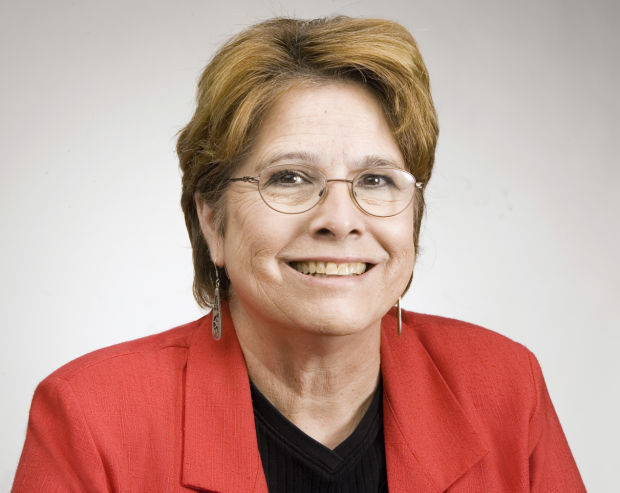The shorter my time, the longer grows my bucket list. Which means I may never witness elephants roaming the Serengeti, or see the Acropolis bathed by moonlight.
But as a lifelong Arizonan, I have been fortunate enough to visit many of this state’s outstanding sights, including Canyon de Chelly and both rims of the Grand Canyon. For some reason, however, I’ve put off visiting the mesas of the Hopi people, no doubt in part because the land is so remote — more than 60 miles north of Winslow.
No more. A couple of weeks ago, my husband and I, along with another couple from Tucson, spent hours of drive time and put hundreds of miles on the car. What we found was so rewarding.
No “genuine Indian jewelry” made in China here.
We found Hopi art signed by the artists who still live on the mesas, displayed in galleries often so humble we had to look hard to find them.
More rewarding than the artwork, however, were the people we met, people glad to share their history and culture with us. This took us somewhat by surprise, as the Hopi do not allow any photography, videos, painting or sketching on their land.
Even so, we were met not with reticence but with warm smiles and helpful hints. The first came at the Hopi Cultural Center at Second Mesa, with its displays of silver, basketry and carvings, along with historic photographs — the majority taken before photography was banned early in the 20th century.
The lady who took our $3 admission at the cultural center was happy to chat, informing us that the village of Walpi, with its cliff-edged homes, was closed due to ceremonies being held there. Instead, she pointed out a driving route that would take us through the villages of Second Mesa.
I asked about Old Oraibi, said to be one of the oldest continuously-occupied settlements in North America. Yes, we could visit, we were told, but we needed to stop at the art gallery there and get permission.
Perched atop Third Mesa a few miles farther to the west, Old Oraibi is an often-windswept, haunting step back in time. By order of the village elders, there is no electricity, no underground plumbing, no gas lines. Water is hauled in. But solar power is allowed, affording lighting and even television.
Some of the 50 or so homes that remain are built from stone and adobe, while newer ones are simple cinder block structures. Along our brief walk through the village — which holds commanding views of the valley below — we were greeted by several inquisitive dogs, as well as a woman and her children who asked us if we would like to buy their popcorn balls. Of course.
Famished by then, we retraced our route back to the cultural center and lunch at its restaurant. There, our friendly waiter recommended the blue corn fry bread. Great choice.
Refreshed, we then drove along the narrow road leading up, up, up to the villages of Second Mesa. Residents’ cars dotted the roadway as we craned our necks for a better view of the stone houses seemingly teetering on the mesa’s edge. Young men lounged around some of the doorways. No doubt they had seen tourists such as us many times before. Still, it made me wonder. What would I think of Native Americans driving around my neighborhood, gawking and pointing?
Feeling somewhat voyeuristic, I was glad to descend back toward the main highway, and one last gallery stop before we headed for home. Yet another friendly proprietor greeted us, asking where we were from. “Ah, Tucson,” he replied, informing us that he, too, had attended the University of Arizona.
It was dark by the time we reached home, tired but suffused with unexpected memories — along with the scent of those still-to-be-consumed popcorn balls.





